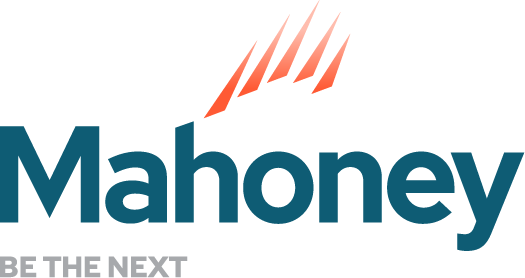
2021 Tax Planning Using Qualified Opportunity Fund Investment
With the passage of the Tax Cuts and Jobs Act of 2017 came the Qualified Opportunity Zone tax incentive. The Qualified Opportunity Zone tax incentives are designed to encourage long-term investments and economic development while creating jobs in economically distressed communities. Taxable income eligible for deferral include capital gains and qualified Section 1231 gains. Income tax on the applicable capital gains and Section 1231 gains are eligible for deferral if you invest in a Qualified Opportunity Fund (QOF) within 180 days, elect deferral on Form 8949, and if investment in the QOF is an equity interest. The 180 days may either be from the date the gain is realized or the end of the tax year from the entity which the gain passed through to you as an individual. You may defer the tax on eligible capital gains that you invest in a QOF until either an inclusion event or December 31, 2026, whichever occurs first.
Tax Legislation: Qualified Opportunity Fund (QOF) Investment
You are eligible to exclude 10% of the original deferred gain from income recognition if the QOF investment is held for at least five years prior to December 31, 2026. You are eligible to exclude an additional 5%, for a total of 15%, of the original deferred gain from income recognition if the investment is held for at least seven years prior to December 31, 2026. This is also known as a step up to QOF investment basis. If you hold the QOF investment for at least 10 years, then you may elect to increase the basis of the QOF investment to its fair market value (FMV) on the date it is sold or exchanged.
QOF Considerations and 2021 Tax Planning
Tax Year 2021 from January through October has generally seen good gains both in the real estate and stock market. For example, the Dow Jones Industrial Average is up about 17% during that period.
In the right circumstances, realizing capital gains and reinvesting those gains into a QOF can be a powerful tax-saving tool for 2021. Deferring the capital gains is generally taxpayer favorable. The window is closing on the 10% gain exclusion for a QOF investment held for at least five years because an investment in a QOF would need to be made by December 31, 2021 and held through December 31, 2026. If not, then the 10% exclusion of the original deferred gain will not be met. This is a step up in basis for the QOF investment which reduces the gain recognition.
For example, if you had 1,000 shares of Company A stock that you sold for $400,000 with a cost basis of $300,000, you would have $100,000 of capital gain. Your eligible amount to contribute to a QOF investment is $100,000. An investment of that $100,000 into a QOF investment on December 30, 2021 and held through December 31, 2026 would result in long-term capital gain realized on your 2026 income tax return of $90,000 ($100,000-($100,000*10%)). If this same investment is sold or exchanged no earlier than December 31, 2031, then the taxpayer may elect to increase the basis to its fair market value when sold or exchanged. This means that any appreciation in value above the $100,000 cost basis could be realized tax-free.
However, if the value of the investment in the QOF is less than your basis in the QOF, it may not be beneficial to elect the basis to its FMV when sold or exchanged. The tax consequences and considerations need to be reviewed closely.
If you have any questions about 2021 Tax Planning or Qualified Opportunity Fund (QOF) investments, please reach out to tax consultant Kyle Krenske, at Mahoney CPAs and Advisors.
ADDRESS
10 River Park Plaza, Suite 800
Saint Paul, MN 55107
(651) 227.6695
Fax: (651) 227.9796
info@mahoneycpa.com
© 2024 Mahoney | Privacy Policy
Mahoney Ulbrich Christiansen & Russ, PA



